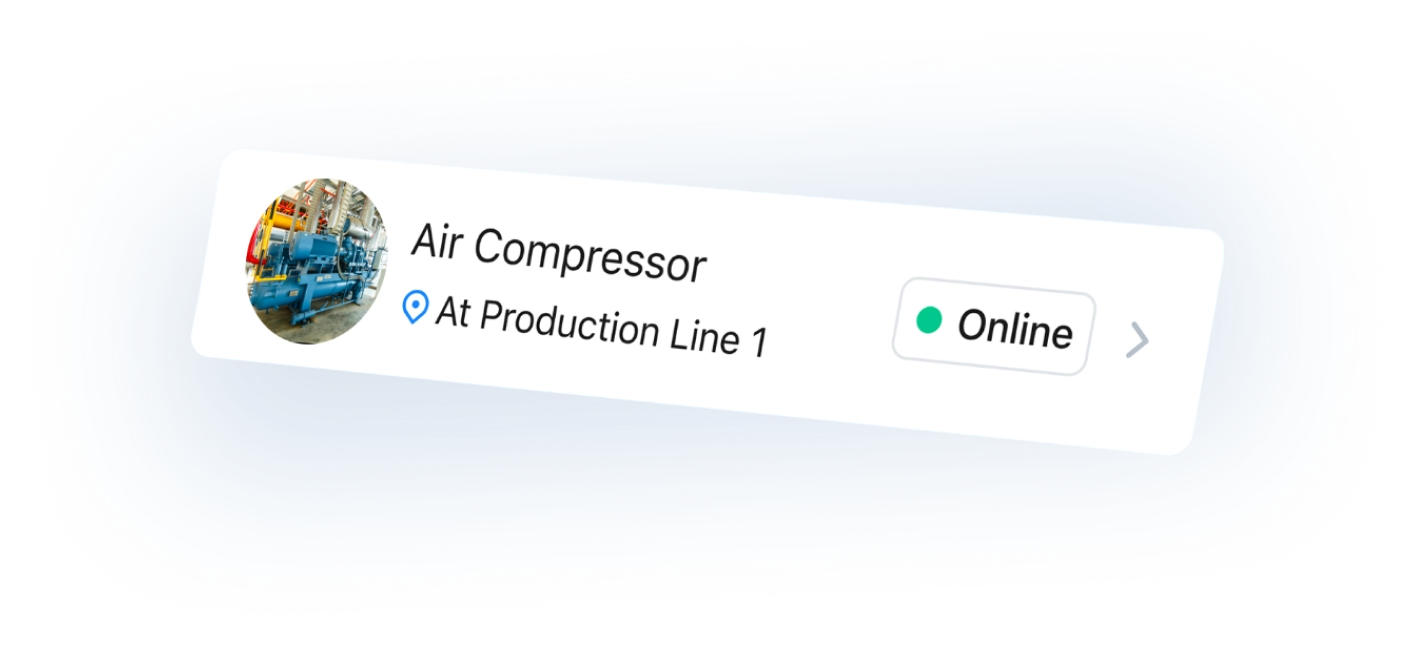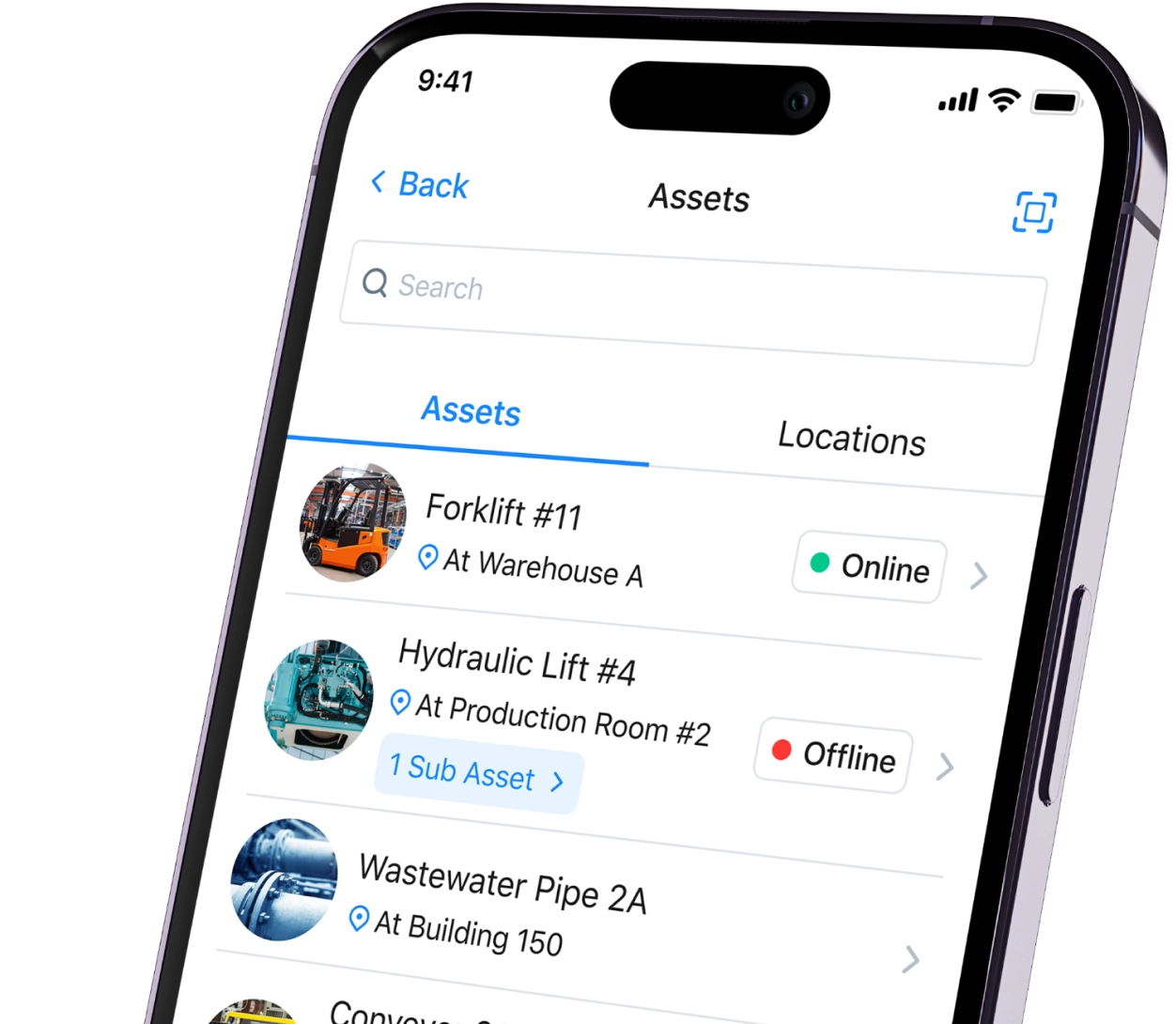Maintenance professionals looking to optimize their operations face a critical question: how can you detect equipment issues before they cause costly downtime? Condition-based monitoring, also known as condition-based maintenance (CBM), provides the answer by using real-time data to determine when maintenance should occur.
Other types of preventive maintenance that follow fixed schedules. CBM relies on the actual condition of assets to trigger maintenance activities, helping teams reduce costs while preventing equipment failures.
This overview explores six essential condition-based monitoring techniques maintenance teams can deploy.
Key Takeaways
- Condition-based monitoring reduces maintenance costs by up to 30% compared to reactive approaches.
- Different monitoring techniques are suited to different types of equipment and failure modes.
- Using multiple complementary monitoring techniques provides the most comprehensive view of asset health.
- CBM forms the foundation of predictive maintenance programs by providing the data needed for failure forecasting.

Vibration analysis
Vibration analysis monitors the vibration levels in rotating equipment to detect mechanical issues. This condition-monitoring technique identifies problems such as imbalance, misalignment, looseness, and bearing wear before they cause equipment failure.
How it works
Vibration sensors attach to critical assets and measure oscillation patterns during operation. Changes in vibration patterns indicate developing issues within mechanical components.
Benefits
- Detects mechanical issues weeks or months before failure
- Provides specific insights into problem type and location
- Extends equipment lifespan by addressing minor issues early
Common uses
- Rotating machinery (pumps, motors, fans)
- Gearboxes and power transmission equipment
- Compressors and turbines
- Conveyor systems
Oil analysis
Oil analysis examines lubricant samples to evaluate equipment condition and identify potential issues by detecting contaminants, wear particles, and chemical changes.
How it works
Oil samples from equipment are analyzed for viscosity changes, particle count, presence of metals, and chemical properties. Results are compared against baseline data to identify changes requiring maintenance.
Benefits
- Identifies internal wear without disassembling equipment
- Monitors lubrication condition to optimize oil change intervals
- Detects contamination before damage occurs
Common uses
- Hydraulic systems with critical lubrication requirements
- Engines and turbines with high operating costs
- Gearboxes containing multiple meshing components
- Compressors and other oil-lubricated equipment
Thermography
Thermography uses infrared imaging to detect temperature variations that indicate equipment issues, identifying electrical problems, mechanical friction, and process inefficiencies.
How it works
Thermal imaging cameras capture infrared radiation emitted by equipment and convert it into visual images showing temperature distribution to identify hot spots and abnormal patterns.:
- Hot spots indicating electrical resistance or overloading
- Friction areas suggesting mechanical problems
- Insulation failures causing heat loss
- Process inefficiencies resulting in abnormal temperature distributions
Benefits
- Detects issues without interrupting equipment operation
- Identifies problems in electrical systems before failure
- Reveals mechanical issues through heat patterns
- Supports energy efficiency initiatives
Common uses
- Electrical panels and distribution systems
- Motors and mechanical drive components
- Steam systems and heat exchangers
- Building envelopes and insulation systems
Acoustic analysis
Acoustic analysis monitors sound patterns to detect equipment issues by analyzing changes in the acoustic signature of operating equipment.
How it works
Specialized microphones and sensors collect sound data during operation. Software analyzes these patterns to detect changes in frequency, intensity variations, and distinctive sounds associated with specific failure modes.
Benefits
Acoustic monitoring offers unique capabilities:
- Detects issues in hard-to-reach components
- Identifies developing problems in enclosed equipment
- Provides early warning for leaks in pressure systems
Common uses
- Bearings and rotating equipment
- Valves and steam traps
- Compressed air and gas systems for leak detection
- Electrical equipment for partial discharge detection
Electrical monitoring
Electrical monitoring analyzes current, voltage, and other electrical parameters to evaluate equipment condition and identify developing issues before failure occurs.
How it works
Sensors measure electrical parameters, including current, voltage, resistance, and power quality. Analysis techniques, such as motor current signature analysis (MCSA) and motor circuit analysis, examine patterns to detect:
Benefits
Electrical monitoring provides significant advantages:
- Detects developing electrical issues failure
- Identifies problems without requiring shutdown
- Monitors power quality issues affecting equipment performance
- Provides data for energy efficiency initiatives
Common uses
Electrical monitoring is most effective for:
- Motors and motor control centers
- Variable frequency drives and electronic controls
- Distribution systems
- Critical electrical equipment
Network analysis
Network analysis integrates data from multiple sensors and systems to provide comprehensive condition monitoring. This technique creates a complete picture of asset health by combining information from various monitoring methods.
How it works
Systems collect and analyze data from multiple sources to identify patterns and relationships that might be missed when examining individual parameters.
Benefits
- Provides comprehensive view of system health
- Identifies complex issues requiring multiple data points for detection
- Enables correlation between process conditions and equipment performance
Common uses
- Complex production systems
- Critical assets where reliability is essential
- Facilities with integrated automation
- Organizations developing comprehensive asset management strategies
Reduce maintenance costs and increase production capacity
Implementing condition-based monitoring techniques requires proper tools for data collection, analysis, and maintenance workflow management. CMMS tools like MaintainX help maintenance teams:
- Track condition monitoring data alongside maintenance activities
- Schedule and manage appropriate maintenance actions based on condition data
- Document equipment history and performance trends
- Analyze maintenance effectiveness and cost impacts
Ready to implement these techniques in your maintenance program? Our condition-based maintenance guide covers everything you need to know about setting up and running an effective CBM program.
FAQs on Condition-Based Monitoring
Condition-based monitoring, also known as condition-based maintenance (CBM), uses measuring equipment parameters to detect current issues, while predictive maintenance uses this data plus advanced analytics to forecast when future failures will occur. CBM tells you the current state of equipment, while predictive maintenance estimates the remaining useful life.
Essential tools may include appropriate sensors, data acquisition systems, analysis software, a maintenance management system, and trained personnel. For detailed information on selecting and implementing these tools, see our comprehensive CBM implementation guide.
The best monitoring technique depends on your equipment type and failure modes. Start by identifying your most critical assets and their common failure patterns. For example, rotating equipment benefits most from vibration analysis, while electrical systems are best monitored with thermography. For help developing a comprehensive monitoring strategy, refer to our condition-based maintenance guide.
See MaintainX in action








